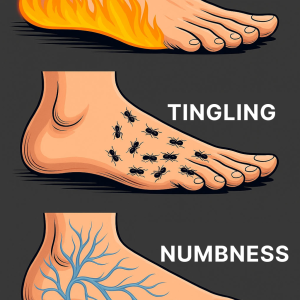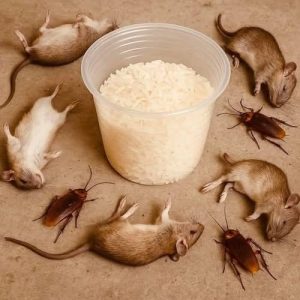
The first time I noticed it, I was baffled—a strange, almost neon-orange blotch on my favorite grey hand towel.
It didn’t look like a normal stain; it glowed faintly, as if someone had highlighted it with a marker. I assumed it was rust from the towel bar or some forgotten spill. After a vigorous wash with extra detergent, I was sure it would disappear. It didn’t.
Weeks later, more towels suffered the same fate. My bathroom began to resemble a crime scene involving pumpkin spice. If you’ve seen towels, pillowcases, or even shirts develop stubborn orange patches, you’re not imagining things. The culprits are surprisingly common.
1. Benzoyl Peroxide: The Primary Offender
The biggest cause is benzoyl peroxide, a popular acne treatment ingredient. Instead of staining in the usual sense, it bleaches the fabric’s dye, leaving behind an orange or yellowish mark. On darker towels, the contrast is even harsher.
Once the color is stripped from the fibers, there’s no way to restore it. My realization came when I noticed the marks matched where my face and hands touched the towel at night. Even short contact adds up over time.

2. Rust and Iron in Water
Not all orange marks are chemical burns. Iron-rich water, particularly from wells, can leave rusty freckles on fabric. I learned this visiting a friend in the countryside—two washes later, my white towel was covered in tiny orange flecks.
The fix wasn’t more detergent, but a rust-removing laundry additive, which binds to iron before it sets into fabric.
3. Hair Products and Self-Tanners
Certain shampoos, conditioners, and self-tanners also transfer pigment to towels. Even when “dry,” some products leave behind enough residue to stain. I once wondered about faint orange smudges on my hair towels—until I realized my “warmth-enhancing” shampoo carried pigment strong enough to cause them.
4. Cleaning Products with Bleach
Household cleaners like disinfectant sprays, wipes, or toilet cleansers often contain bleach or hydrogen peroxide. Drying your hands on a towel after using them can leave pale, orange-like blotches. A friend blamed her washing machine for staining her towels pink—when in fact, the culprit was her cleaning spray.
How I Prevent It
• Use white towels for skincare, so benzoyl peroxide marks don’t show.
• Let acne creams or self-tanners dry fully before touching fabric.
• Install a water filter or use rust remover for laundry if minerals are the issue.
• Keep a designated towel just for hair products.
Can It Be Fixed?
• Benzoyl peroxide or bleach marks are permanent. Your options: dye the towel darker, bleach it completely for a uniform look, or repurpose it as a cleaning rag.
• Rust stains are more forgiving—fabric-safe rust removers can sometimes save them.

Spotting the Difference
• Chemical bleaching usually leaves larger, uneven patches where hands or faces made contact.
• Mineral stains appear as small, scattered dots.
• Recognizing the pattern helps identify the culprit and prevent future “mystery stains.”
Final Takeaway
I still occasionally ruin a towel by forgetting I have acne cream on, but the disasters are now rare. If your linens are turning orange, check your skincare, water, and hair products. Once you identify the cause and protect the “danger zones,” your towels can stay fresh and spotless for years to come.




